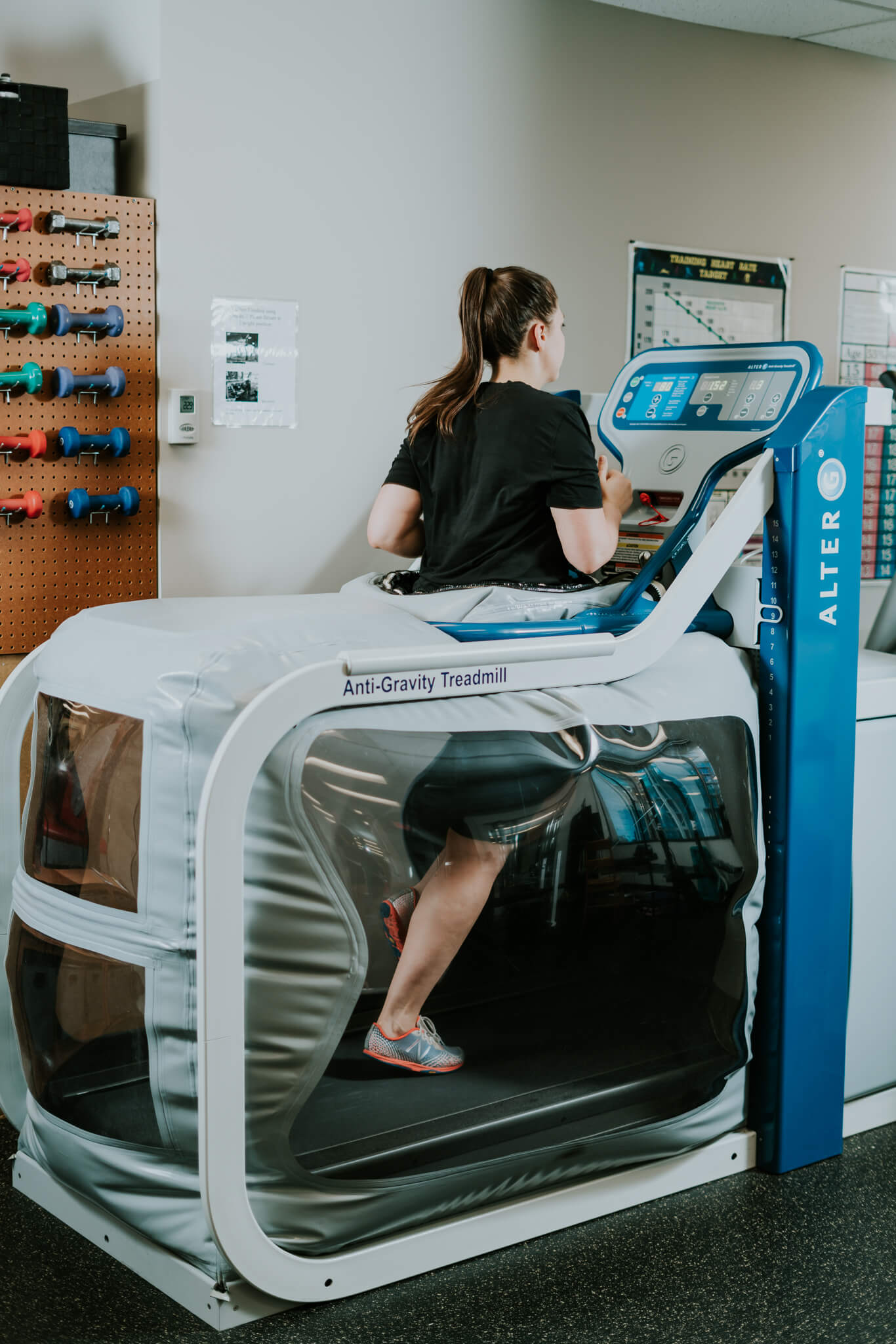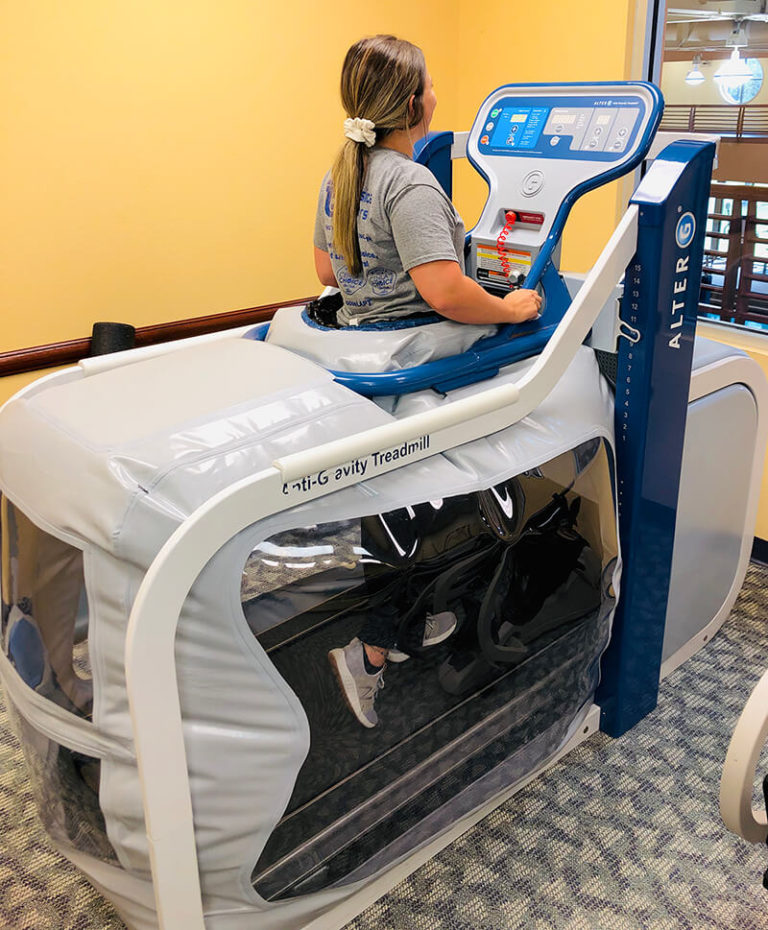

Instead of adding gravity, Sean wanted to make it possible to reduce gravity on earth. Then around 2005, Sean Whalen, Whalen’s son, decided to revive his father’s experimental treadmill. However, due to funding limits, NASA decided to pursue some of Robert’s other ideas, and his “ air-pressure” controlled treadmill never really caught on. But now, thanks to the new device, the astronauts could simulate Earth-like conditions but in space. With the previous devices, the astronauts could only train at roughly 60 percent of their body weight on earth. This, in turn, increased the astronaut’s apparent weight, allowing them to exercise at their normal earth weight. The original design placed the lower body of the astronauts in an airtight chamber where air pressure was increased, pushing them down and simulating gravity in the process. Thus, the concept of anti-gravity treadmills was born. Robert Whalen, a biomechanics researcher at the NASA Ames Research Center, was tasked to invent a means for the astronauts to exercise in the space station.Īmong the tools he invented was a pressurized bubble that used air pressure to h o l d the astronauts down. What’s more, o nce the astronauts are back on earth, weakened muscles and bones would make any form of weight-bearing challenging, even painful.įor these reasons, NASA (as well as other space agencies) have worked hard over the years to devise plans and devices to help astronauts stay in good shape. And, God forbid, in case of emergency, they would need to be in excellent shape to get out of the danger as fast as possible. This leads to a decrease in size and strength and can compromise the astronauts’ ability to perform tasks while in space because it makes them weak. Why is it important? Without physical exercise, their bodies, sooner than later, will start losing both muscle and bone density. To counteract this loss in muscle and bone strength, astronauts must engage in regular exercise. In fact, depending on the mission, the average astronaut could dwell between three to six months in space.ĭevoid of the literal pull of earth’s gravity, the muscles and bones of these brave space pioneers start to atrophy.

įor over 50 years, NASA has been sending astronauts into space.Īs missions got more complicated and technology advanced, astronauts were spending more time in orbit. In this article, we’ll dive into what exactly is an anti – gravity treadmill, the history behind it as well as some of the research that looked into its effectiveness. So, the all-important question: Do anti-gravity treadmills really work? Any research that backs up the claims? The National Agency of Space has reported that antigravity treadmills can help injured college and elite athletes, military members, seniors, and those coming out from surgery.Įven the Food and Drug Administration (FDA) has cleared this machine to be used as a medical device in rehabilitation back in 2008. One of these is a device known as an anti-gravity treadmill You may develop a stress fracture while trying to improve your 5K time or sprain your ankle during a trail run.įortunately, there are many tools that can help devout runners who want to recover faster without losing fitness. In fact, research has reported that the majority of runners experience at least one injury in a one-year period. However, despite our best efforts running injuries are still very common! Logging the miles is o ne of the best things you can do for your body and mind. Check out his work at Runners Blueprint for more info. When he’s not training, he’s doing research and trying to help as many people as possible via his blog.

David is a running coach and fitness author. We offer both in-person assessments and online consultations.ĭavid Dack joins us today for a guest blog on something we get a lot of questions about – anti-gravity treadmills. To book an appointment with Tom Goom (AKA ‘The Running Physio’) visit our clinic page. If you have an injury we recommend seeing a qualified health professional.

Our articles are not designed to replace medical advice.


 0 kommentar(er)
0 kommentar(er)
